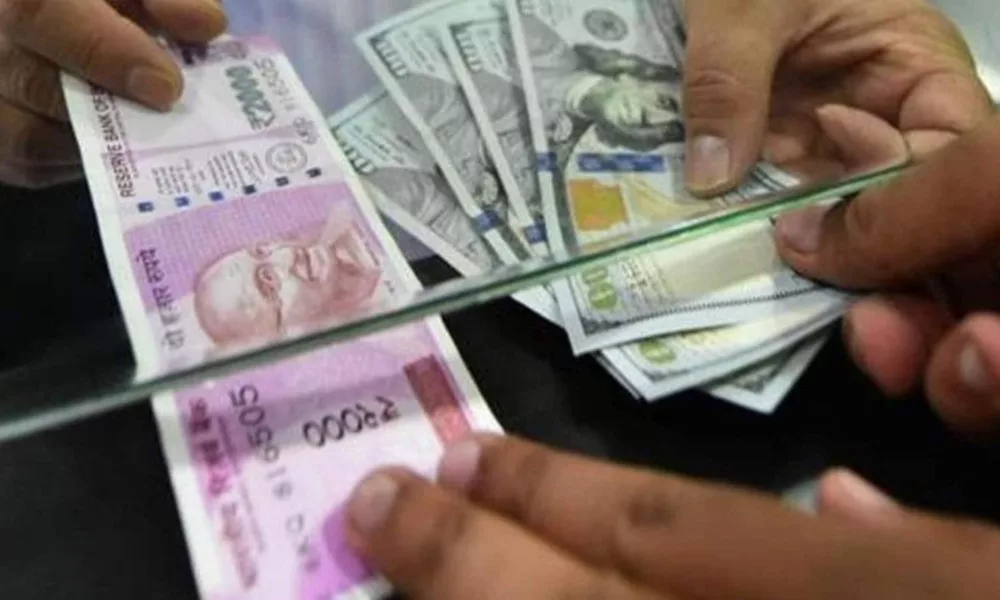India’s foreign exchange reserves have seen a significant decline of USD 5.240 billion, coming off a one-month high, according to the latest data released by the Reserve Bank of India. The week that ended on February 9 witnessed a decrease in the forex reserves to USD 617.230 billion. The biggest component, foreign currency assets (FCA), declined by USD 4.807 billion to USD 546.524 billion during the same period. Gold reserves also saw a decline of USD 350 million to USD 47.739 billion.
In the year 2023, the RBI added about USD 58 billion to its foreign exchange reserves. This is in contrast to the previous year, 2022, when India’s forex reserves slumped by USD 71 billion cumulatively. Forex reserves or foreign exchange reserves are assets held by a nation’s central bank or monetary authority, usually in reserve currencies such as the US Dollar, Euro, Japanese Yen, and Pound Sterling.
The all-time high of India’s foreign exchange reserves was recorded at about USD 645 billion in October 2021. The decline since then, though marginal on a cumulative basis, can be attributed to a rise in the cost of imported goods in 2022. Additionally, the relative fall in forex reserves could be linked to the RBI’s intervention in the market to defend the uneven depreciation in the rupee against a surging US dollar.
The RBI intervenes in the market through liquidity management, including the selling of dollars, to prevent a steep depreciation in the rupee. The central bank closely monitors the foreign exchange markets and intervenes only to maintain orderly market conditions by containing excessive volatility in the exchange rate, without reference to any pre-determined target level or band.
The decline in India’s forex reserves indicates the need for careful monitoring and management to maintain stability in the foreign exchange markets and uphold the value of the Indian rupee.

 How to Invest in Mutual Funds: A Detailed Guide
How to Invest in Mutual Funds: A Detailed Guide Michael Franzese Net Worth 2024: How Much is the Crime Boss Worth?
Michael Franzese Net Worth 2024: How Much is the Crime Boss Worth? Larry Connor Net Worth 2024: How Much is the American Businessperson Worth?
Larry Connor Net Worth 2024: How Much is the American Businessperson Worth? Wissam Al Mana Net Worth 2024: How Much is the Qatari Businessman Worth?
Wissam Al Mana Net Worth 2024: How Much is the Qatari Businessman Worth? Jay Mehta Net Worth 2024: How Much is the Indian businessman and entrepreneur Worth?
Jay Mehta Net Worth 2024: How Much is the Indian businessman and entrepreneur Worth? Elliot Grainge Net Worth 2024: How Much is the Founder of Ten Thousand Projects Worth?
Elliot Grainge Net Worth 2024: How Much is the Founder of Ten Thousand Projects Worth? Navigating investment risks: Strategies for mitigation
Navigating investment risks: Strategies for mitigation Media Matters Announces Layoffs Amid Legal Battles
Media Matters Announces Layoffs Amid Legal Battles